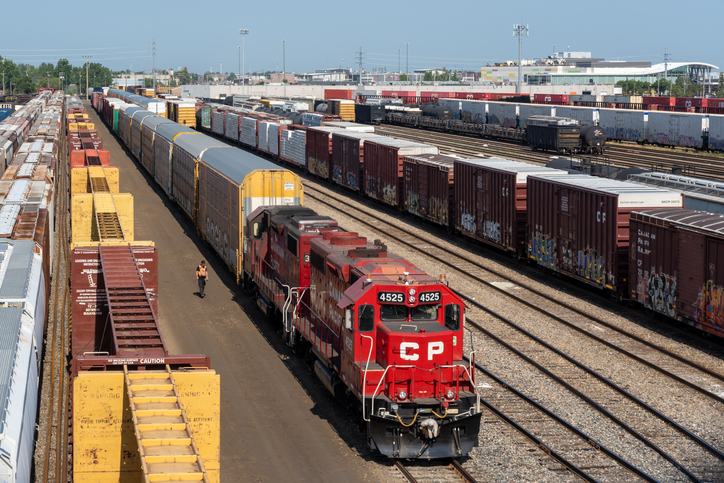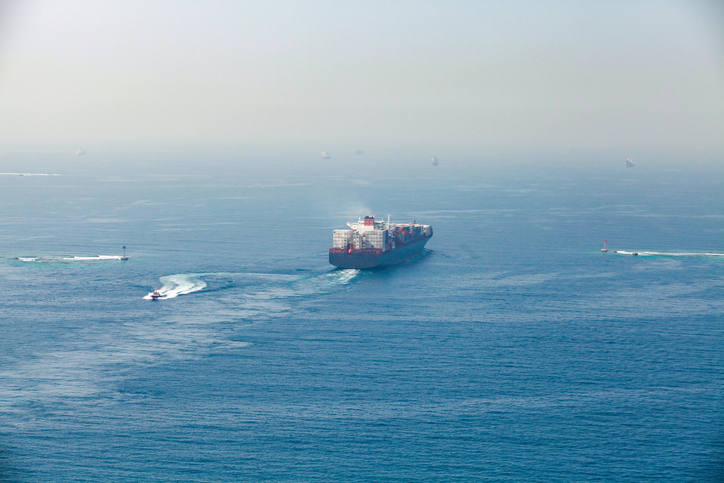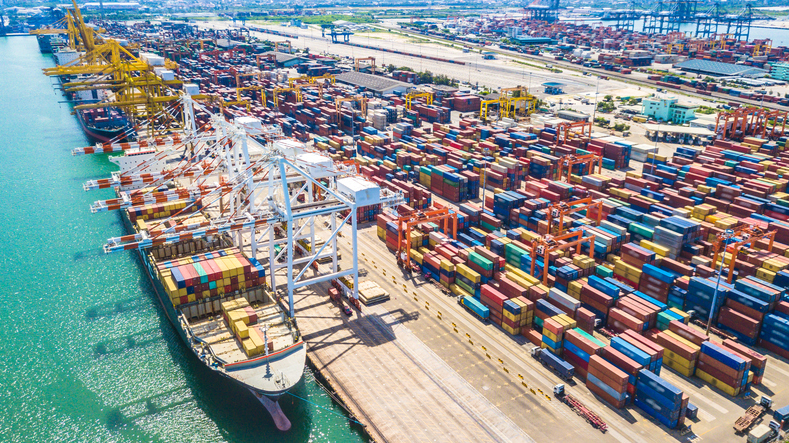
The Weekly Roar
In this week’s Roar: A rail strike on hold, U.S. dockworkers heading into negotiations, a shortage of cargo ships on key routes, new tariffs on Chinese goods, and supply chain technology for geopolitical tensions.
Canada’s rail strike is on hold — at least for now. The Canada Industrial Relations Board (CIRB) is conducting a review to determine whether a strike would have “potential impacts to the health and safety of Canadians.” This impacts over 9,300 CN and CPKC workers who were set to walkout as soon as May 22nd. The union is pushing for better wages and schedules, while the railroads fear disruptions to the economy, and are naturally pushing for a swift resolution. However, some carriers are already making contingency plans in case the strike happens.

Symington Yard in Winnipeg, Manitoba, Canada, on July 20, 2023. Symington Yard is the largest rail classification yard of the Canadian National Railway.
Dockworkers on the U.S. East and Gulf coasts are gearing up for contract negotiations. Talks are expected to begin soon, as the current contract expires on September 30. Both the ILA (International Longshoremen’s Association) and the USMA (United States Maritime Alliance) are aiming to avoid a repeat of the recent west coast negotiations that were delayed by local disputes. To achieve this, the union has instructed its branches to settle any outstanding local issues by mid-May. At this point, both sides seem hopeful and are expressing a shared goal of reaching a new agreement before the deadline.
According to a report by Alphaliner, there’s a surprising shortage of cargo ships on the key Asia-Europe trade routes, despite a recent surge in new capacity. The main culprit seems to be the ongoing Red Sea crisis, which has forced ships to take a longer route around Africa’s Cape of Good Hope. This has disrupted regular service schedules, requiring more ships to maintain the same frequency. Here’s a breakdown: generally speaking, 321 vessels would be enough; however, there’s a current need for 376 and there are only 340 ships deployed. This represents a gap of 36 vessels, or a 9.6% capacity shortfall.
The Biden administration has added new tariffs on Chinese goods, specifically electric vehicles, solar panels, steel, and a variety of other products, escalating the ongoing trade war. Running as high as 100% for EVs, the administration says these tariffs are necessary to create a fair playing field for American workers. However, some argue that they will hurt American consumers and businesses. China has pushed back against the tariffs and it’s not clear if, when, or how the issue will be resolved.
As geopolitical tensions increase, so does the disruption to supply chains, causing delays and shortages. Five technologies that could help include AI and Machine Learning which could predict disruptions and optimize inventory levels. Blockchain would provide transparency and traceability throughout the supply chain, while action-based prioritization uses data to optimize inventory management and vendor payments. Additionally, an augmented workforce combines human expertise with technology for better decision-making, and finally, sustainable practices could reduce reliance on volatile resources and improve compliance. Embracing these innovations could help businesses build more reliant supply chains and better deal with the geopolitical challenges the industry faces today.
For the rest of the week’s top shipping news, check out the article highlights below.









